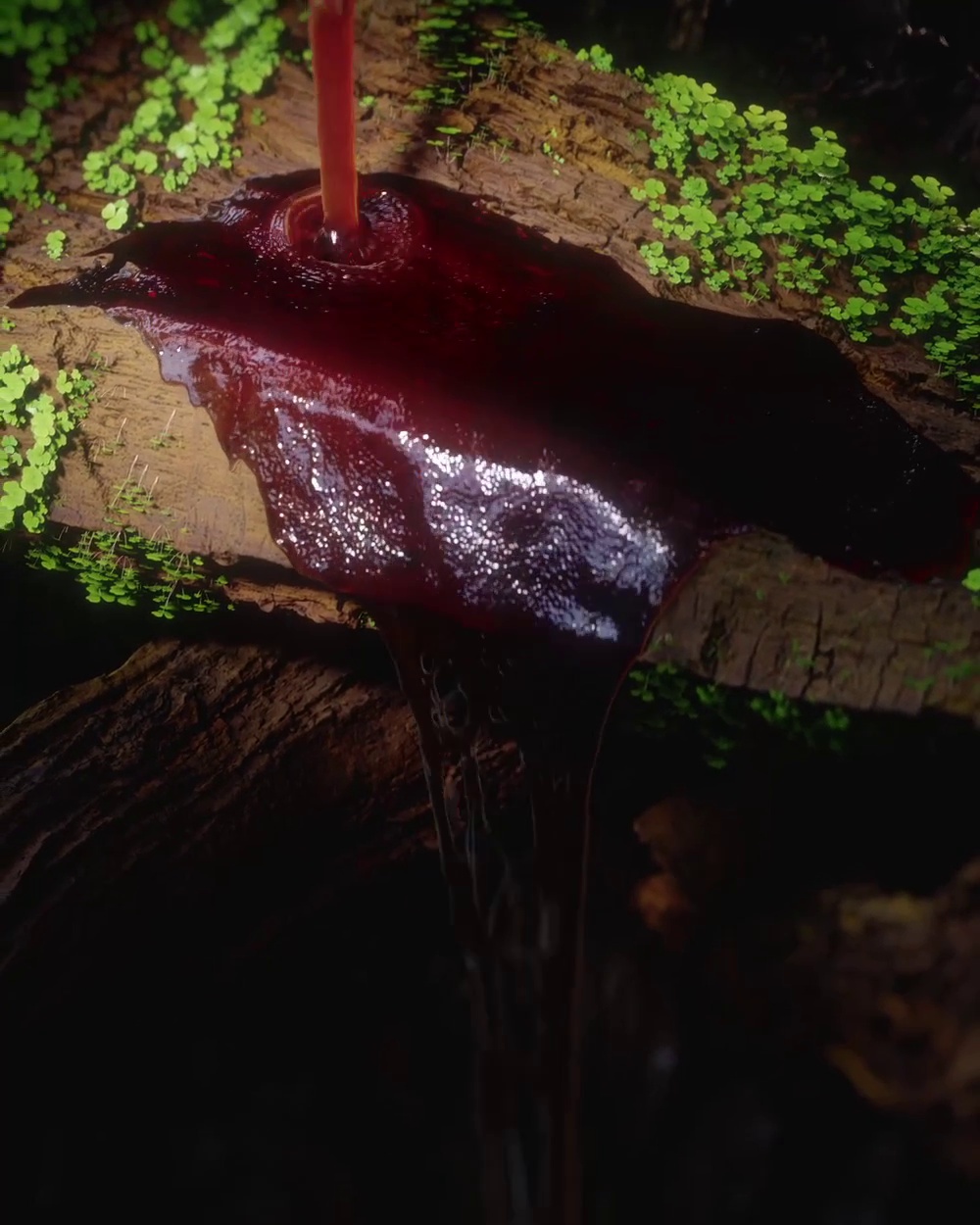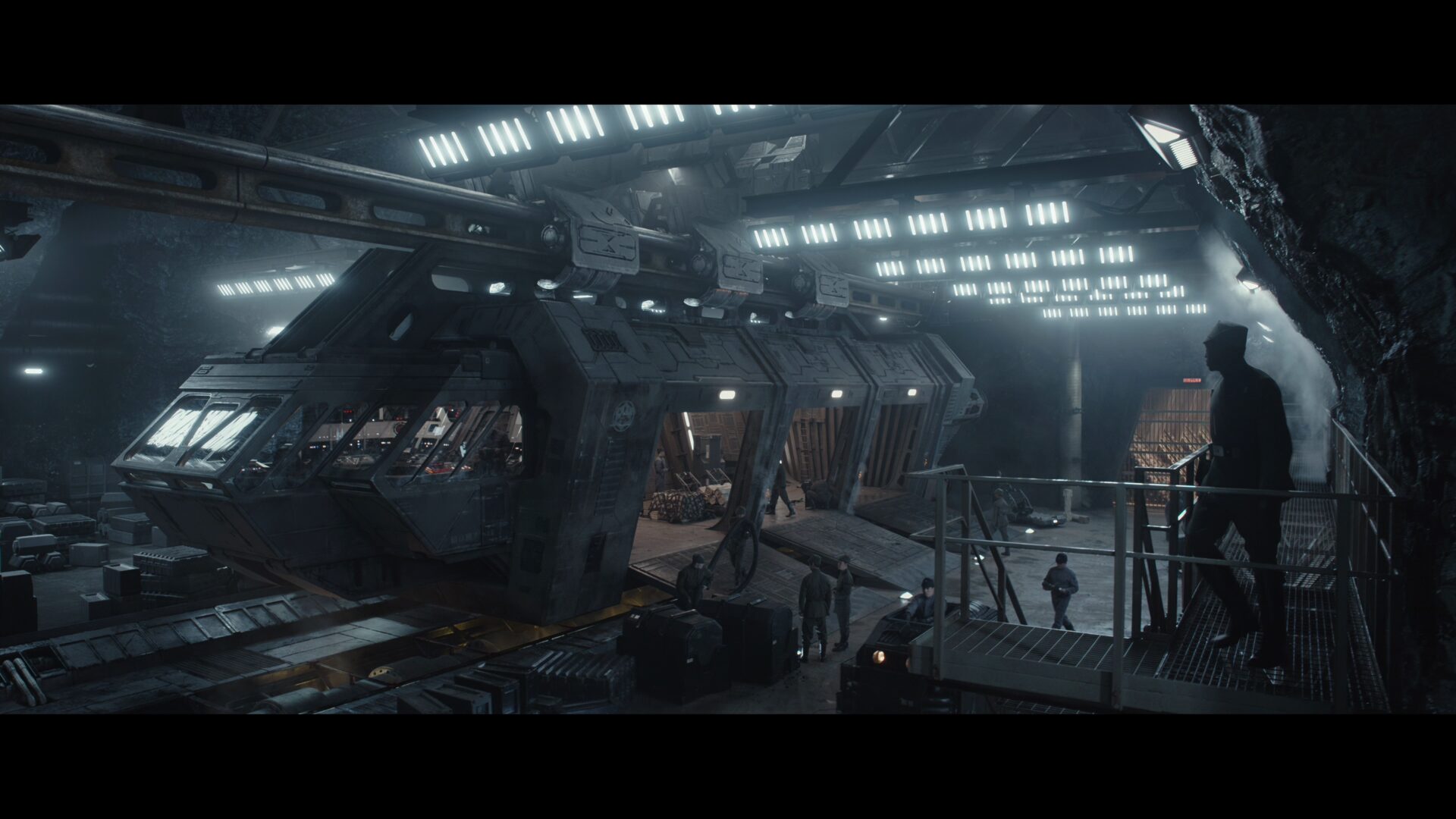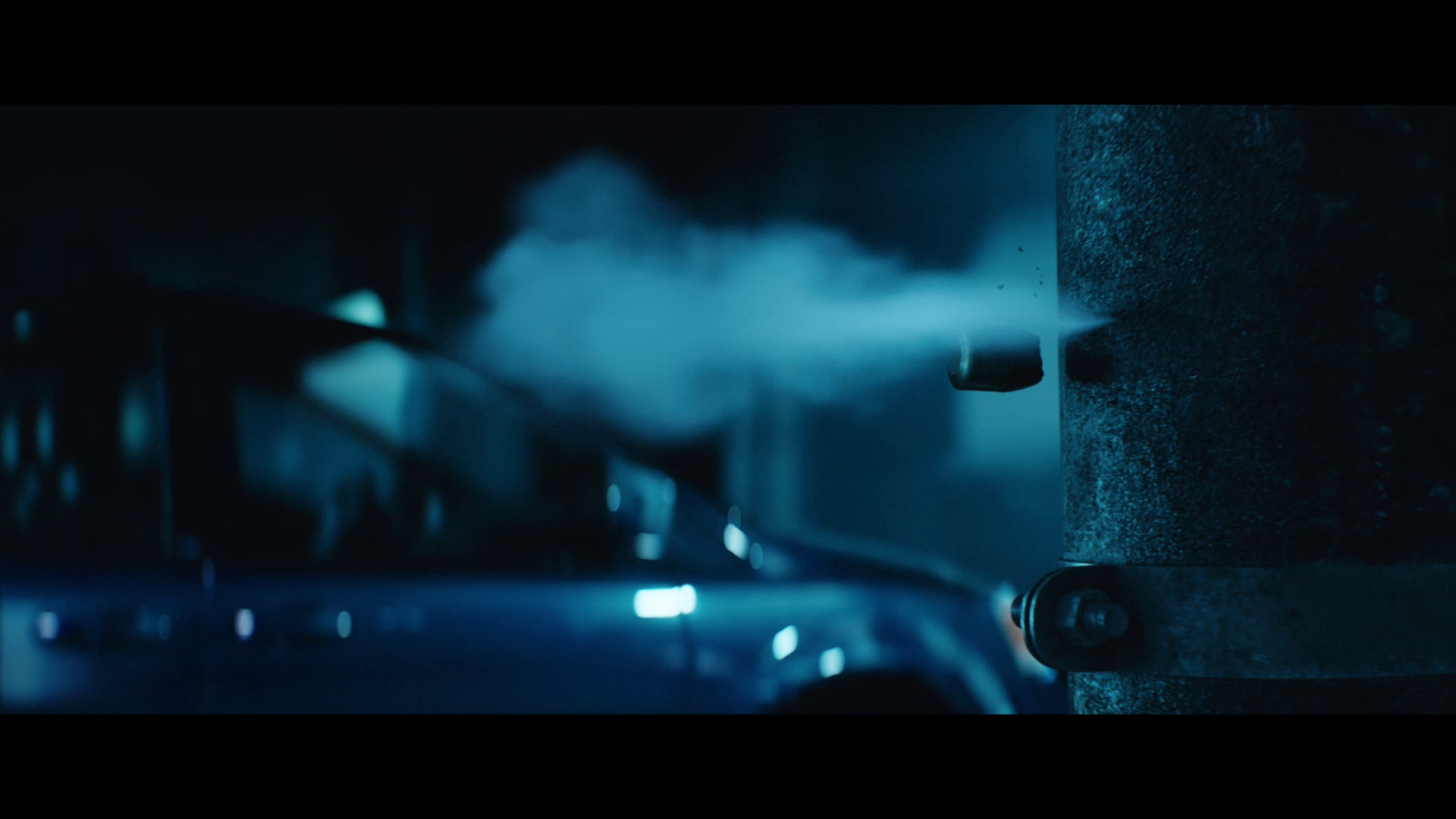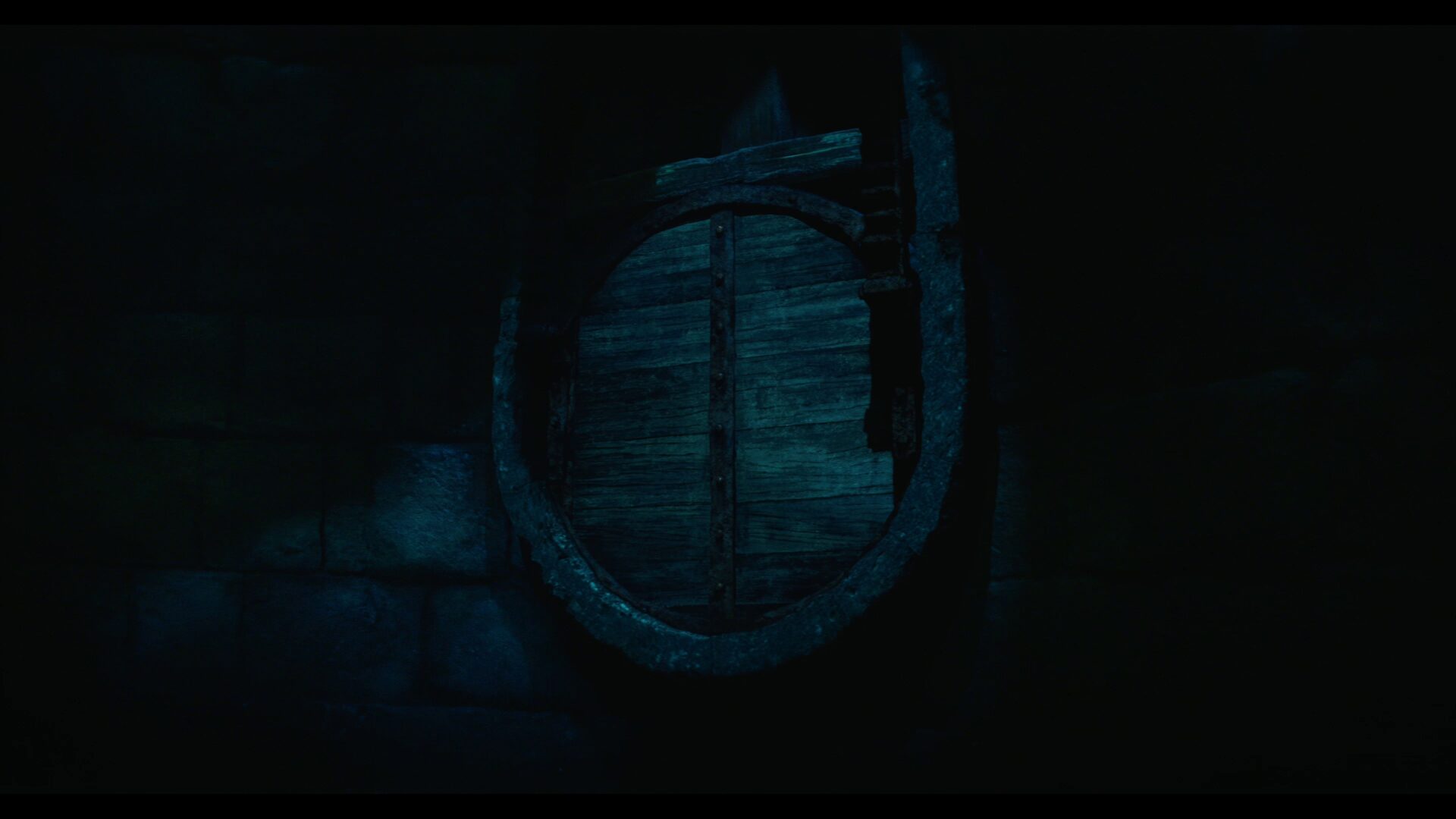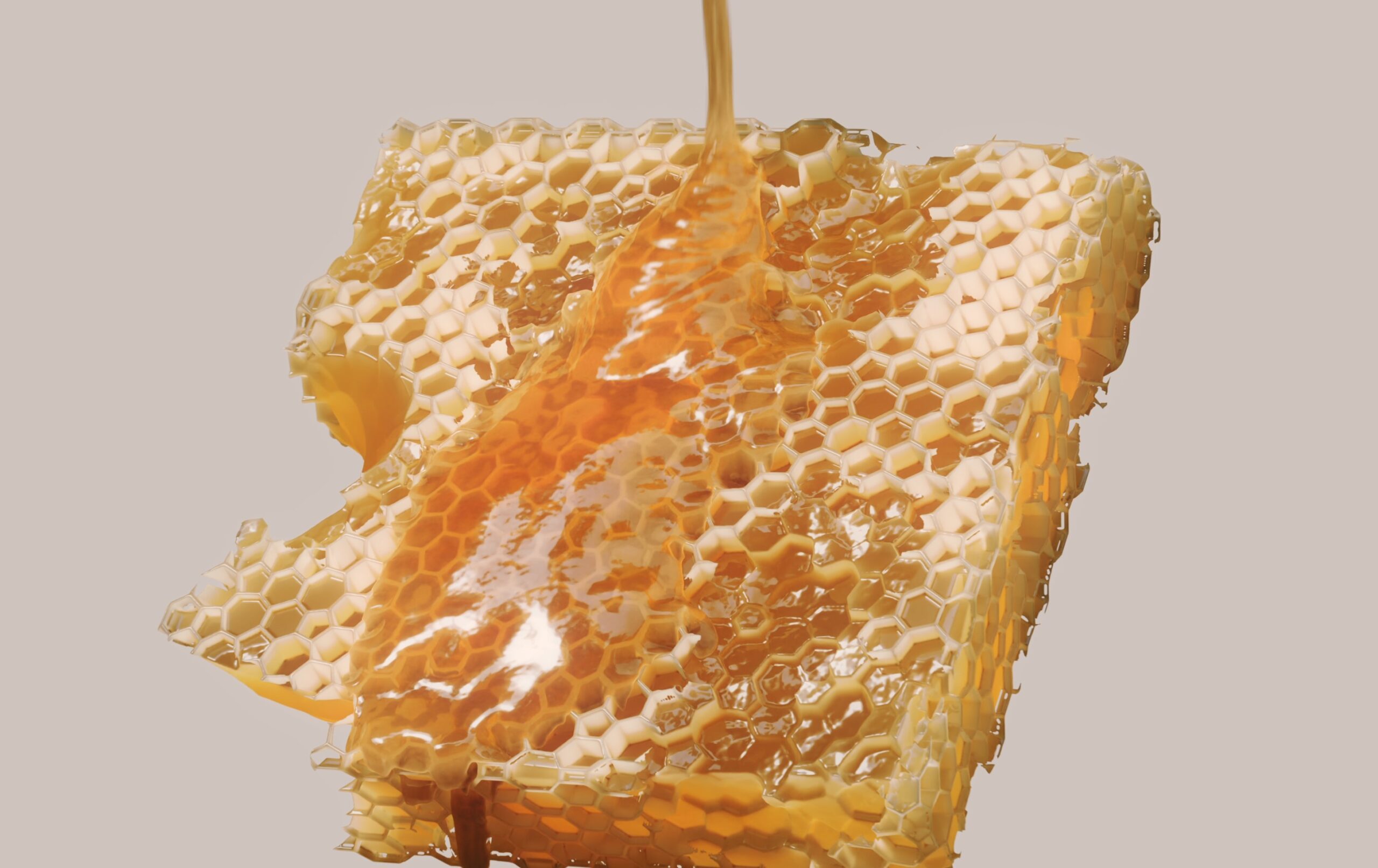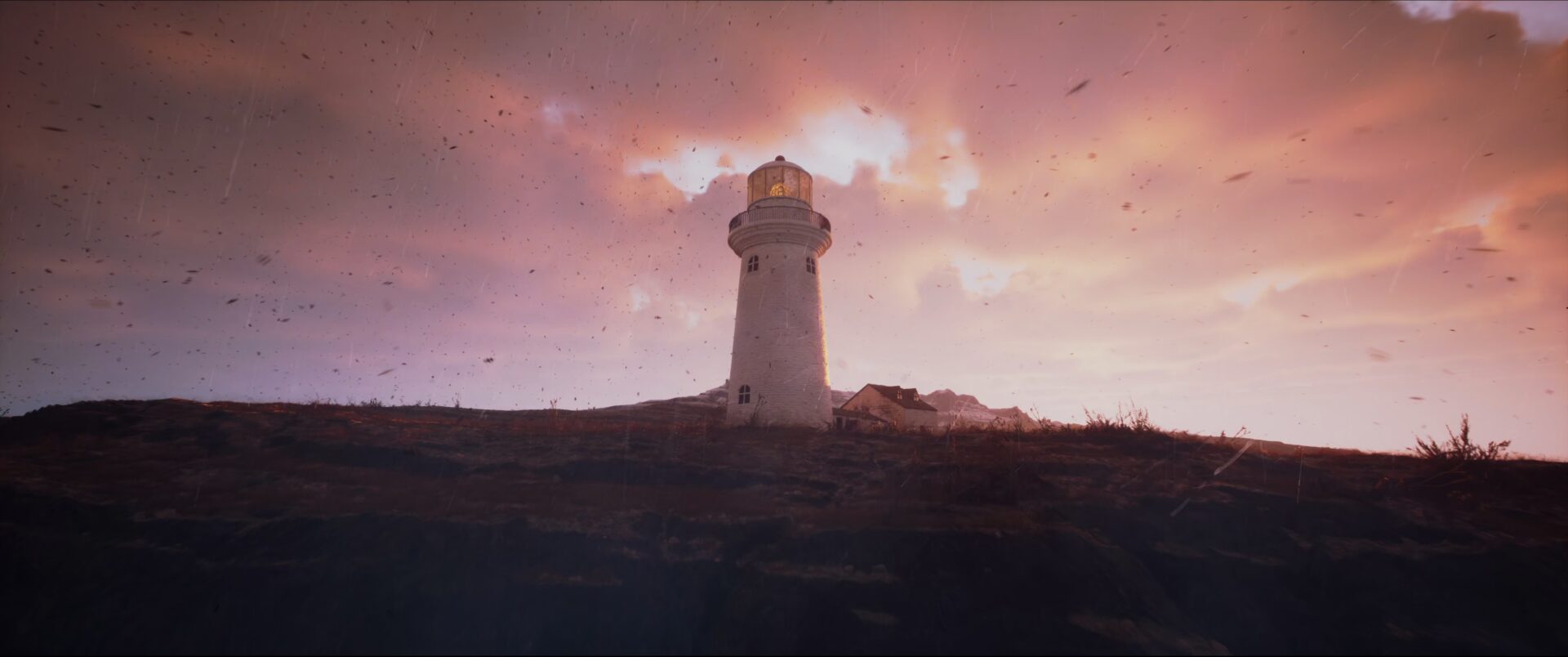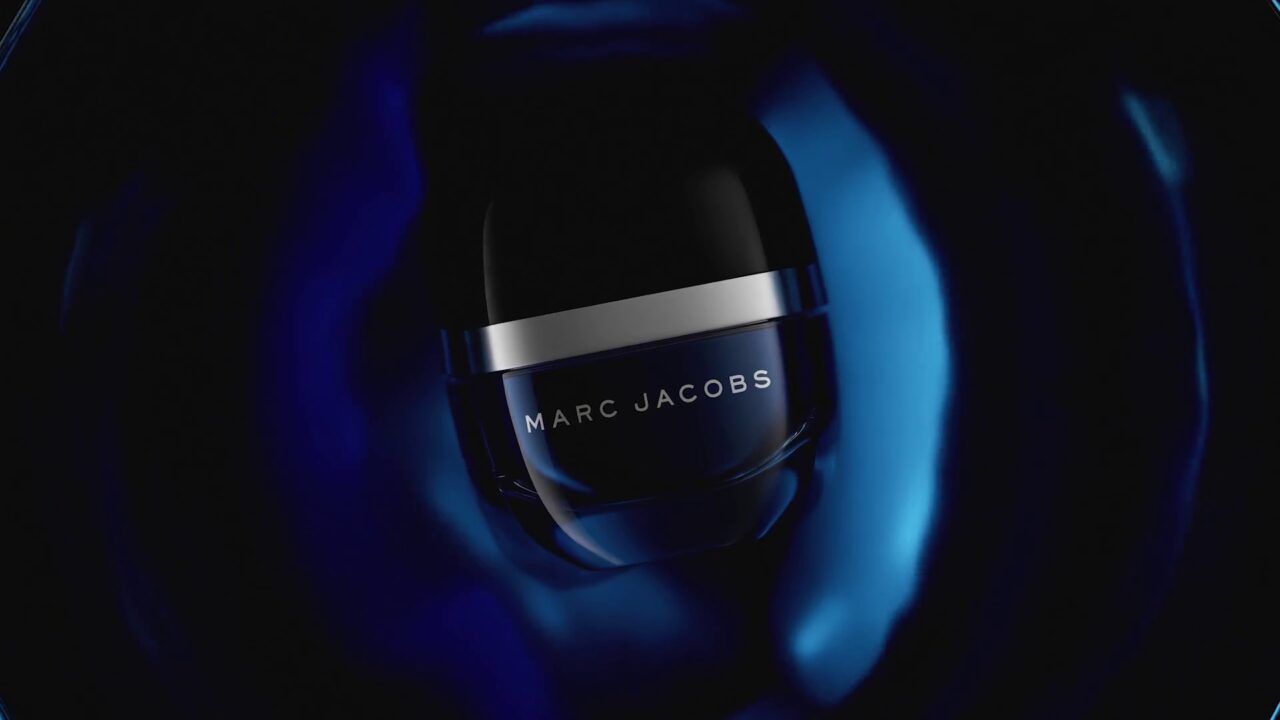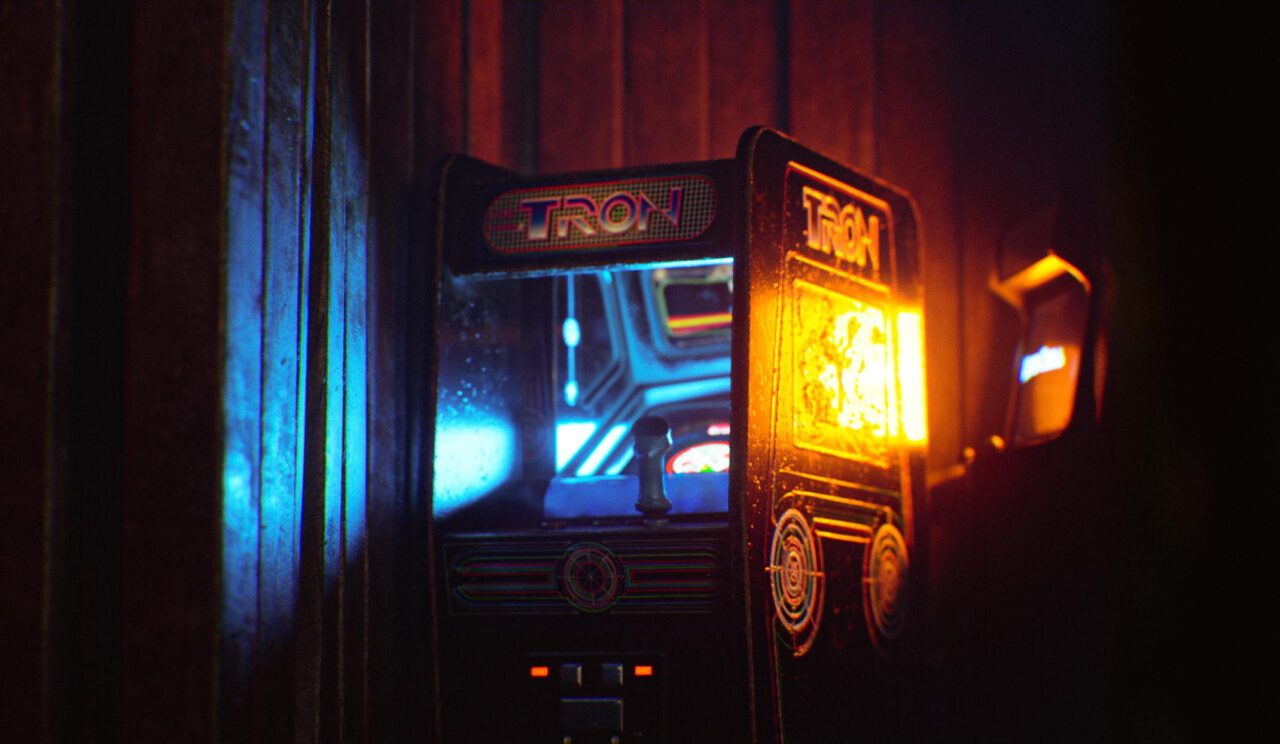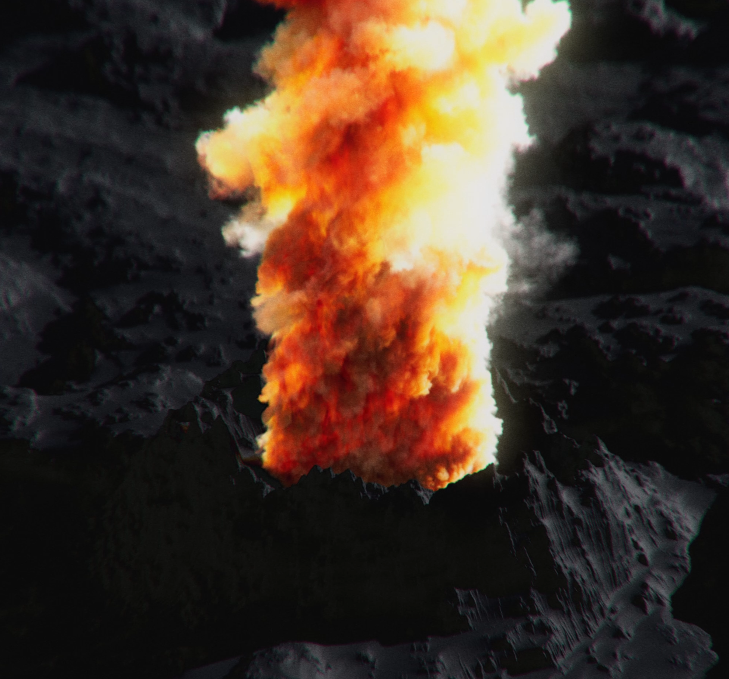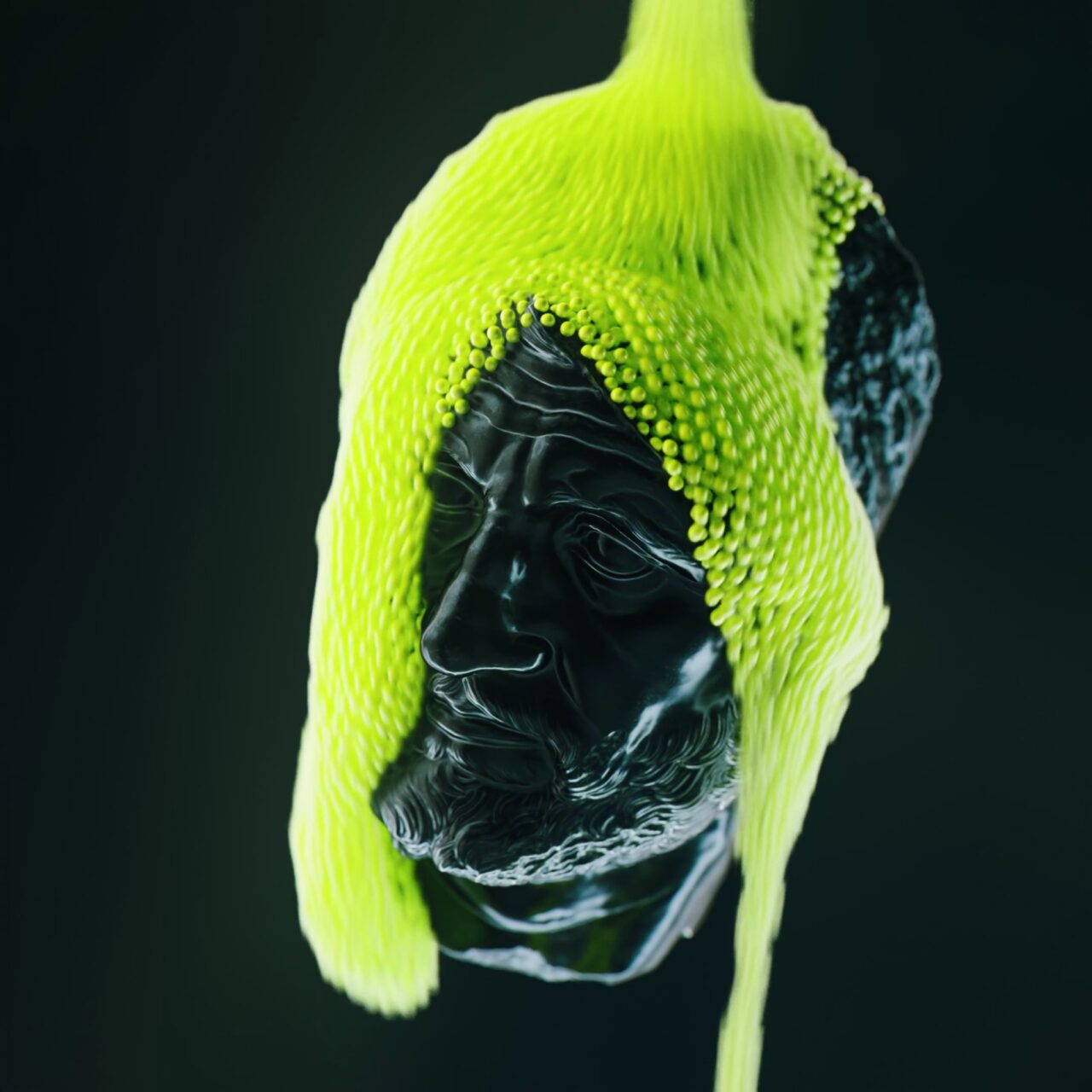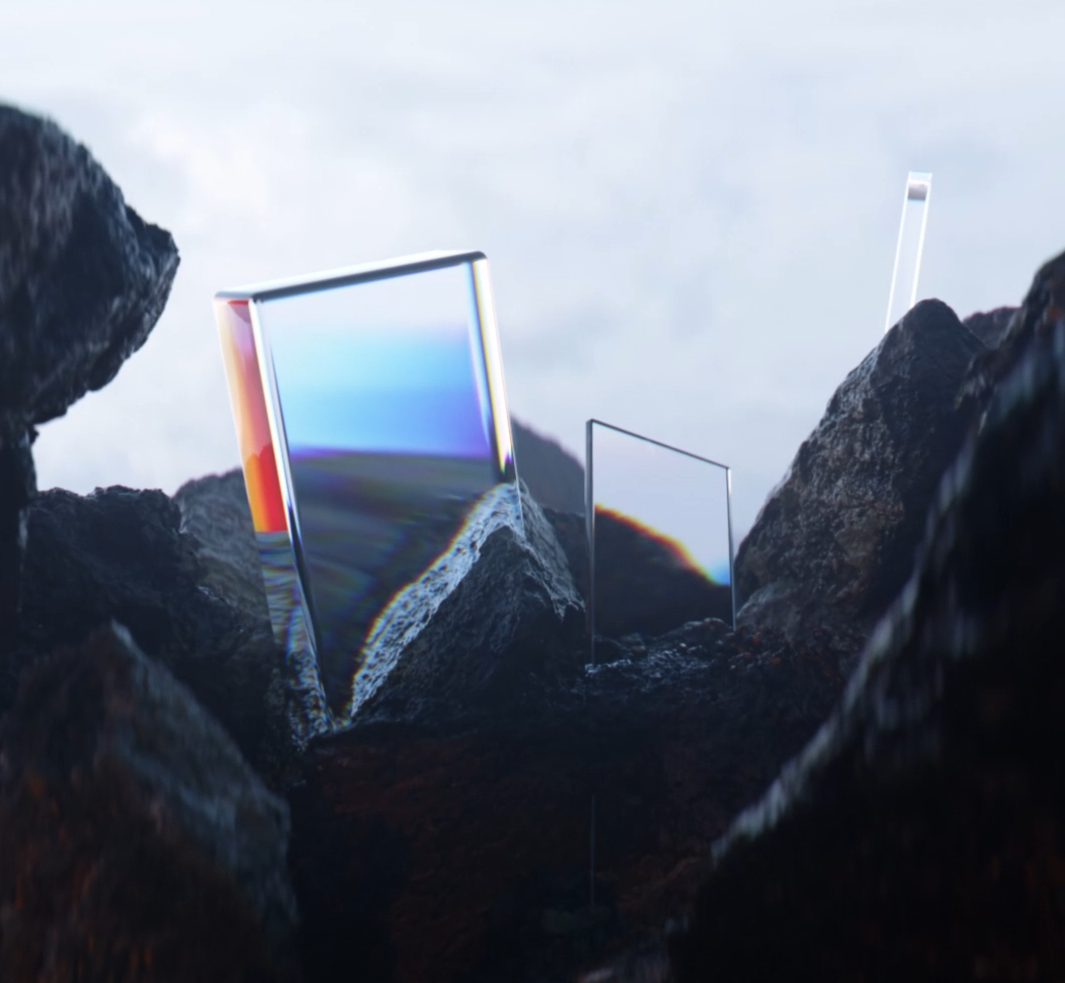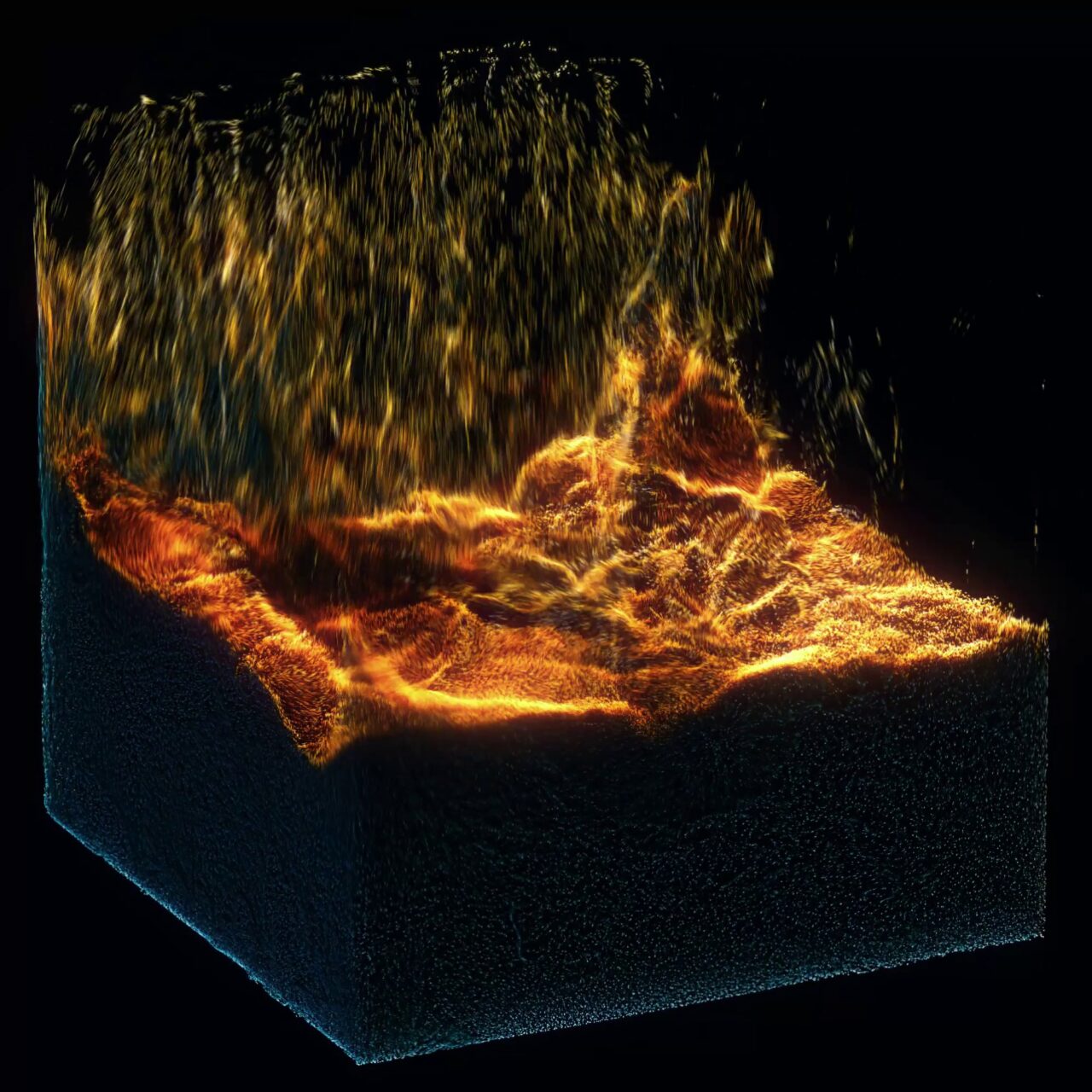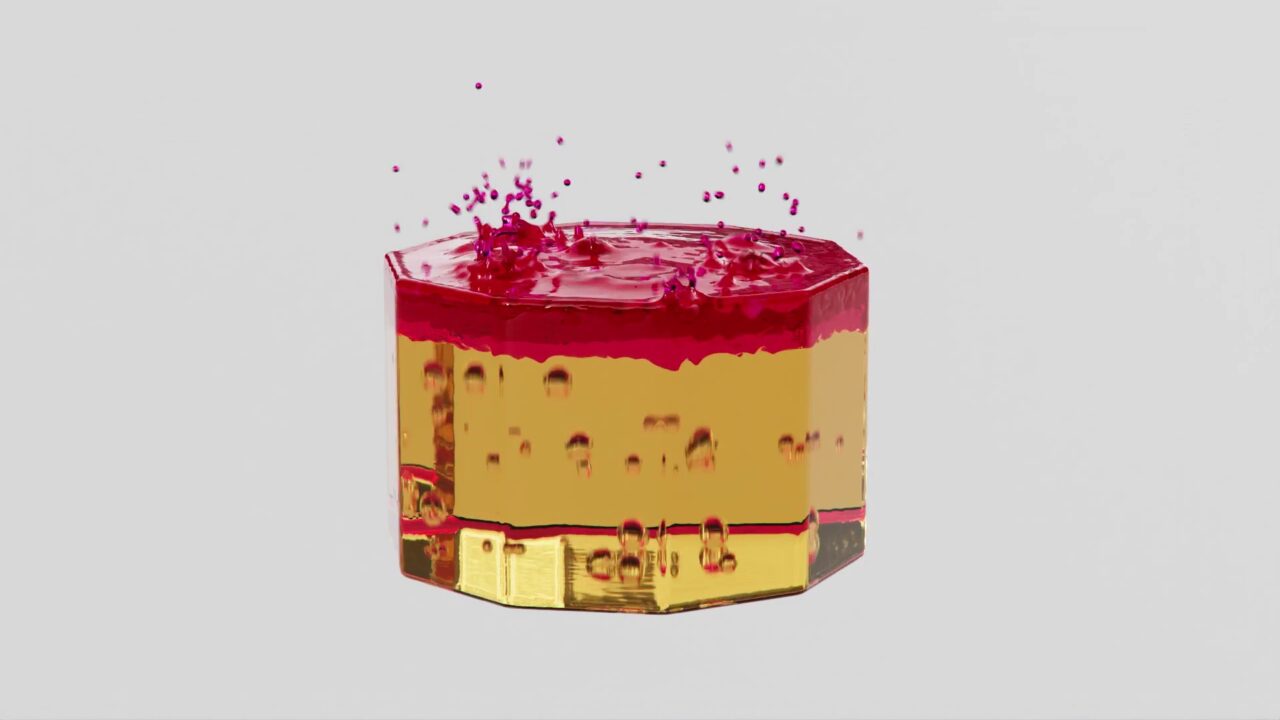AVEDA Nutriplenish
Due to the constraints of rendering with an RTX 2060 during a transitionary period when upgrading hardware, completing the project on time for the client posed a significant difficulty. To overcome this, I opted for extensive utilization of Unreal Engine.
For the second shot and beyond, I employed Cinema 4D and Redshift to render the foreground elements, while the first clip was exclusively created using Unreal Engine 4. The project commenced with low-resolution block-out geometry, and I sculpted the landscape’s hills using the integrated engine toolset.
Upon achieving a satisfactory composition, I proceeded to create various vegetation assets using Speedtree. The weeping willows were exported as alembic sequences, which played back flawlessly in the sequencer.
However, they were intended for cinematic sequence recording rather than in-game performance.
Lighting posed a challenge due to the absence of true global illumination (this was before the release of Lumen), so I simulated it using point lights and directional lights.
Additionally, I created fake volumetrics with textured cards constructed using the particle system in UE4.
The rocks were sculpted in ZBrush, retopologized, and baked through Substance Painter, resulting in a polished final product.


